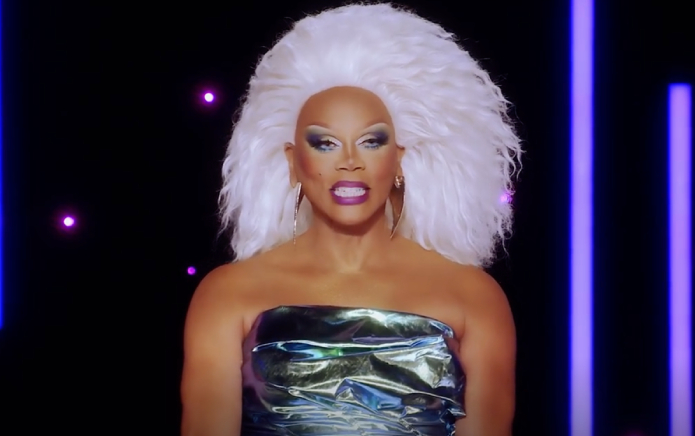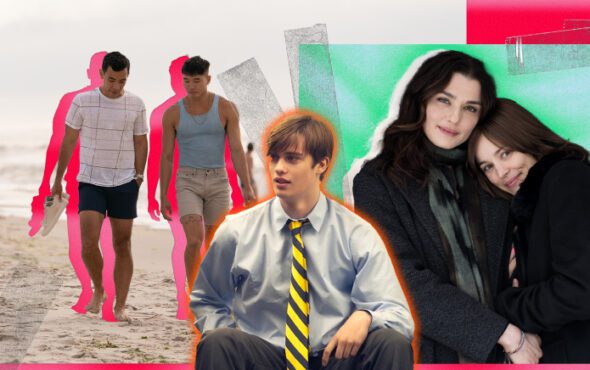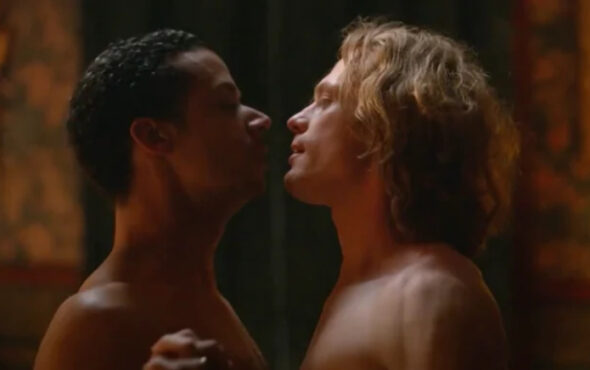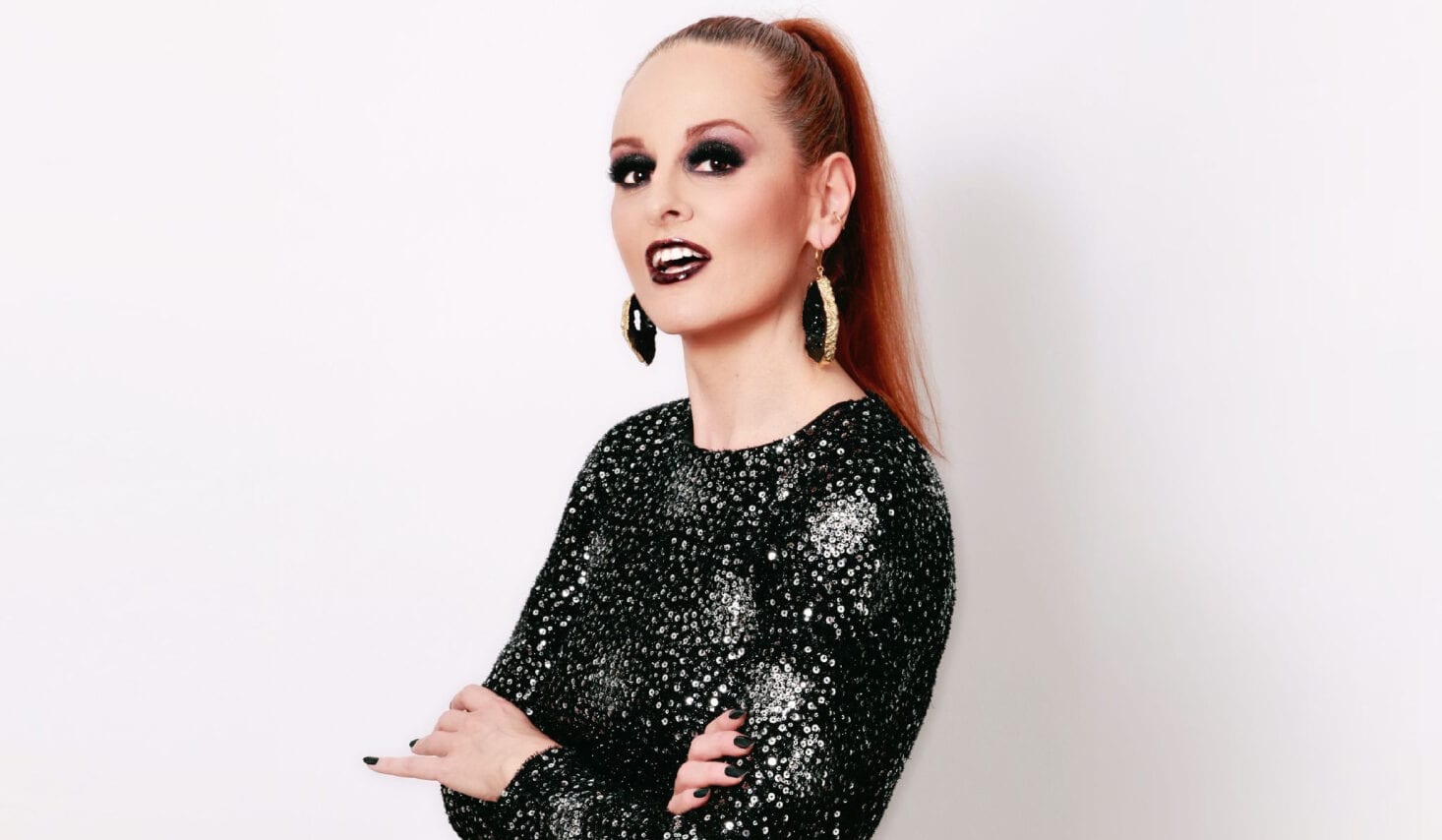
After more than two decades dedicated to fashion, Spanish fashion designer Ana Locking is ready to heighten fashion to a new level, something like a six-inch high heels level, as she became a permanent judge on the Spanish version of RuPaul’s Drag Race.
Last year she was awarded with the National Fashion Award. Her creations are known for the avant-garde aesthetic and lots of sequins. She has worked with many entertainment industry players and also dressed the Spanish Queen with a controversial, though stunning, gown.
You better sí sí that walk as the show premieres this Sunday. We talked with Ana about her first job on television, the talk show she is hosting with the eliminated queens and even about the iconic collection that she dedicated to ballroom culture back in 2018.
It is your first time working on television. How has the experience been?
At first it was a challenge because I’m a huge RuPaul fan, I have followed the show for many years. But with the help of Los Javis, and also with Supremme de Luxe, it was very easy. From the beginning, we connected very well and that helped a lot because I have faced the program with absolute freedom. The show comes to me at a very difficult time in my life due to health and personal issues. 2020 was a very difficult year, in which I began to value the meaning of life much more and to balance the relevant things and the things that are not so important.
In 2018 you presented a collection entitled “Realness” whose name already refers to the drag universe.
This collection pays tribute to ballroom culture. I started to get to know this culture from the inside, going to ballrooms and ‘kikis’. I really got to know what this culture is like, collaborating with dancers, making clothes for them. For me, discovering ballroom culture was discovering a new form of freedom, of self-definition, of playing with one’s own identity. It was a very inclusive runway show in which everyone had a place. Many drag queens participated, in fact there is one that is also in Drag Race (@carmenfarala). From then on, my collections became freer, without prejudice, without thinking if the press would like this, if it was going to be sold. This show marks a turning point in my career and maybe that’s why I’m here talking to you.
What are you most excited for people to see?
Many people who do not have such direct access to drag culture through the program will understand many things and will remove many prejudices, especially people who associate drag culture with something very specific that is night entertainment. It is important to show that drag culture has a huge history and evolves with society, over time, with people’s minds, and with politics. There is a classic drag, but there is also a more contemporary one, performative drag that enters the world of art that is linked to a contemporary artistic relationship and there is also another drag that is comedy, there are many types.
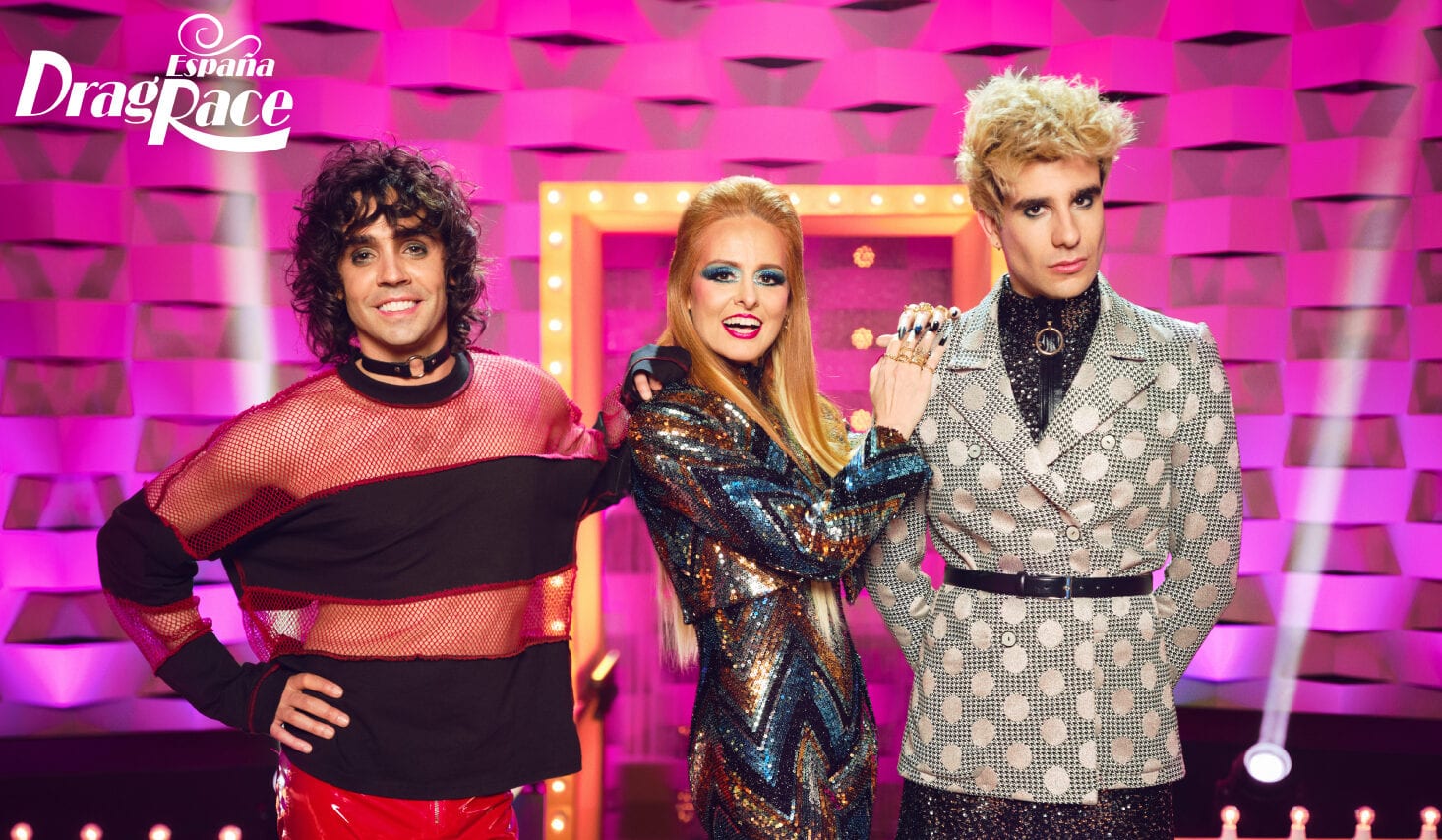
Apart from styling, what other attribute do you consider important in a drag queen?
In Spain, comedy is very important. We have a very peculiar sense of humour, sarcastic, ironic, sharp and that is why the drag scene has so much tradition and history. Comedy and satire always connect very well with the public. And I think that part of Spanish drag will connect very well with the public. But that doesn’t mean that there are other drags whose interest is not comedy but others, which are more avant-garde, more performative. For me, the main thing is that everything that surrounds this drag, both the outfit, the makeup, the hair, her way of expressing herself, is focused on telling a story. That you know who you are and what story you want to tell because drag can be just comedy, but through comedy you can make a political or social statement.
Do you think drag inspires fashion? Or is it rather the opposite?
I think drag inspires fashion. Fashion has always fed from what has emerged on the margin. Nothing interesting comes up from wealthy societies. Where did the ballroom scene come from? From the most unprotected neighbourhoods. Creativity is generated from necessity. Fashion has always surged from youth culture, from the most peripheral underground. That’s where it has taken inspiration from and then made it sophisticated. Fashion has always had an effort to sophisticate reality and the reality that has interested me the most as a fashion designer is everything that happens in the suburbs. That’s where the message really is.
What can you tell us about Tras la Carrera, the talk show you are hosting?
It is focused on introducing the eliminated queen to the public so that people get to know this drag much better. People can fall in love with this queen much more than they had so far. I give them the opportunity, through a talk, to tell what they want to tell, where they come from, what they have done, where their drag comes from, what were their origins. Let them talk a little about the whole character and identity of their drag. We will also analyze some of the most representative looks from their passing through the show.
Who are your favourite queens in the Drag Race franchise?
I have many favourites, but for me Bianca Del Rio represents the drag style that is very important in Spain, which is comedy. Sasha Velour, because for me it is avant-garde. Another queen that I really like is Sharon Needles and Gigi Goode. I love her aesthetics!
Who would you play in Snatch Game?
I would play a man, I think. Raphael who is a real classic in Spain or Julio Iglesias because they both have a very determined way of showing themselves to the public and you can get a lot out of it. They are very good for Snatch Game.
A lip sync classic?
I would love to do Eloise by Tino Casal. Some by Rocío Jurado too, Como una ola for example.
Drag Race España premieres here in the UK on Sunday May 30th exclusively on the streamer of all things drag, WOW Presents Plus. Subscribe via visiting: https://uk.
